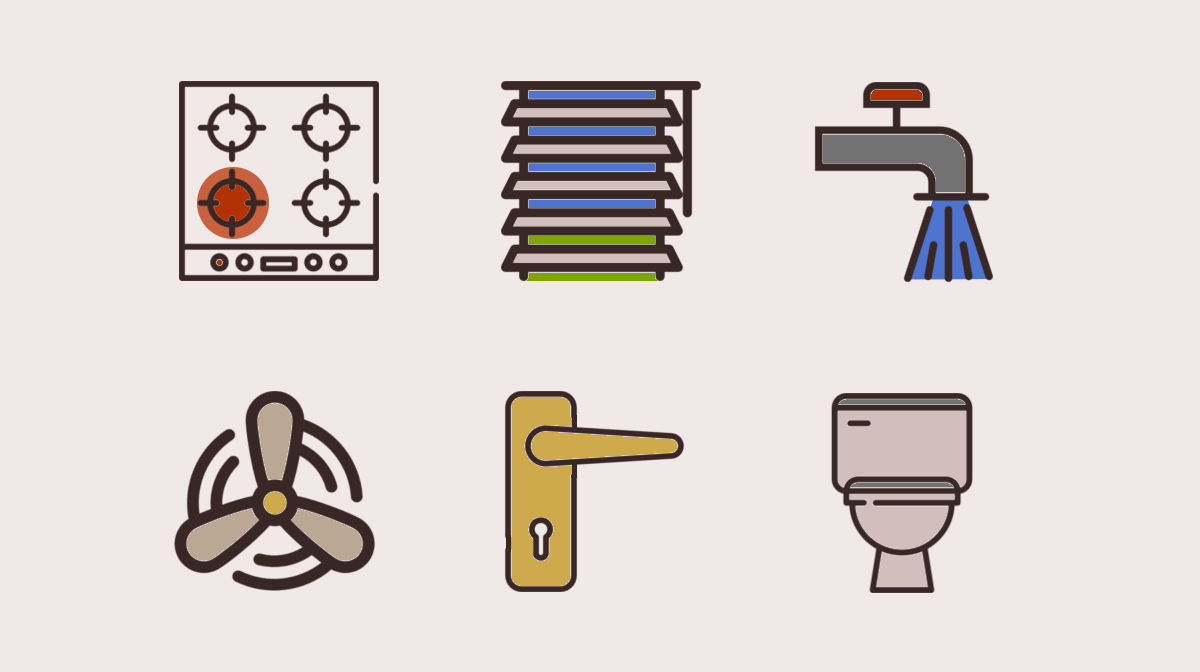Anyone who has watched sitcoms from the 80's and earlier will recognize the stereotypical character of the apartment "super." It used to be very common for every apartment building to have an on-site superintendent who lived in the building and handled the day to day management in exchange for a rent discount. But modern landlords have moved away from this sort of structure as buildings have gotten larger and the knowledge required to maintain them has become more advanced.
These days most mid-sized landlords will keep a team of workers based out of their offices who are dispatched out to perform fixes, while specialized account managers handle the processing of rent payments and specialized leasing agents handle the vacancies. The largest landlords will keep a small on-site office in each community that functions largely as a small independent franchise of the larger corporation, but these offices typically operate along the same lines as the mid-sized guys.
There is a general rule of thumb among property managers that 1 maintenance technician should be hired for every 100 apartments. This is a very unofficial guideline though. Hiring practices vary this depending on the age of the building, the demographics of the tenants and available funds, sometimes by pretty extreme amounts. Some landlords with small portfolios of less than 100 apartments will handle repairs themselves, or have 1 tech on hand for all of their units.
When I was working in property management my boss kept one maintenance tech on staff to handle approximately 850 units. We certainly had additional maintenance staff but they mostly focused on renovating vacant units and were only moved over to daily maintenance if we got really overloaded.
I'm not saying this was a good structure. Even a 1:500 ratio will result in raised eyebrows from experienced property managers. But understaffed maintenance departments are very, very common, especially in the large portfolio landlord-manager setups that are common among Chicago vintage properties. This means that renters with maintenance requests may have to shout really loud to get serious problems fixed quickly or risk waiting for months. So based on my own experience, here are a few things that worked for those tenants and a few things that didn't. Continue reading How to Fast Track Your Apartment Maintenance Requests






